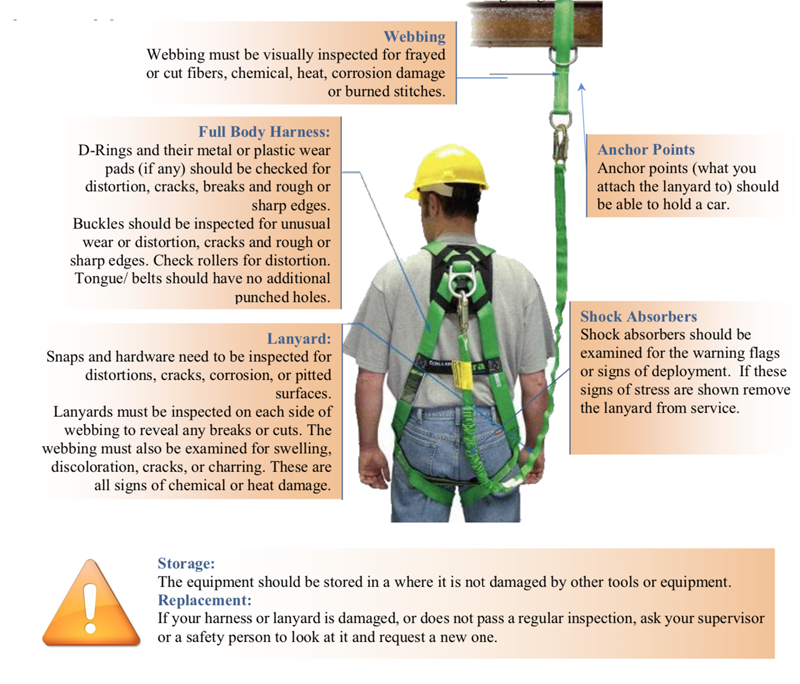
O.S.H.A. identifies falls as one of the four leading causes of fatalities in the construction industry. This is why employees must be trained to recognize fall exposures and have the authority to take corrective actions.
We have all heard the expression - ‘it’s not the fall that’s hurts but the sudden stop at the end’. Think of a fall as “...a sudden, unanticipated descent in space driven by gravity”. Although this may not sound severe, the consequences are often disabling - or deadly. It takes most people about 1/3 of a second to become aware of a fall. It takes another 1/3 of a second for the body to react. A person can fall up to 7 feet in 2/3 of a second.
Each year in the U.S. falls consistently account for one of the greatest number of fatalities in the construction industry.
Events surrounding fall accidents often involve a number of factors, including unstable working surfaces, misuse of fall protection equipment, environmental factors and human error. Studies have shown that the use of guardrail systems,
fall arrest systems, safety nets, covers, and restraint and positioning device systems can prevent many deaths and injuries from falls.Fall hazards are foreseeable. You can identify them, eliminate exposure to them, eliminate them or control them before they result in injuries or death. Some of the factors that contribute to fall accidents and fatalities include: scaffolds; ladders; roofs; and other elevated work surfaces.
Analyzing the work area is another important step in fall hazard prevention. Analyzing the work area may include: reviewing blueprints before work begins; anticipating upcoming fall hazards as work progresses; reviewing current hazards on the site, and developing a pre-planning checklist.
Be aware of those working above or below you. Protect yourself and others from falling objects with one of the following: hardhats, canopies, guardrails, panels and screens, barricades or fences.
PERSONAL FALL PROTECTION EQUIPMENT INSPECTION
Fall protection systems must be inspected before and after each use. Users should always read the instructions and labels supplied by the fall protection manufacturer before use and carefully calculate fall clearance before working at height. Regular wear, damage or corrosion can cause hidden damage that could result in the harness or lanyard failing. If you need it, you need it to work properly. The following is a guideline for checking fall protection equipment:

| Attachment | Size |
|---|---|
| TBT para 05-06-19 Paro de Seguridad Especial .pdf | 106.95 KB |

